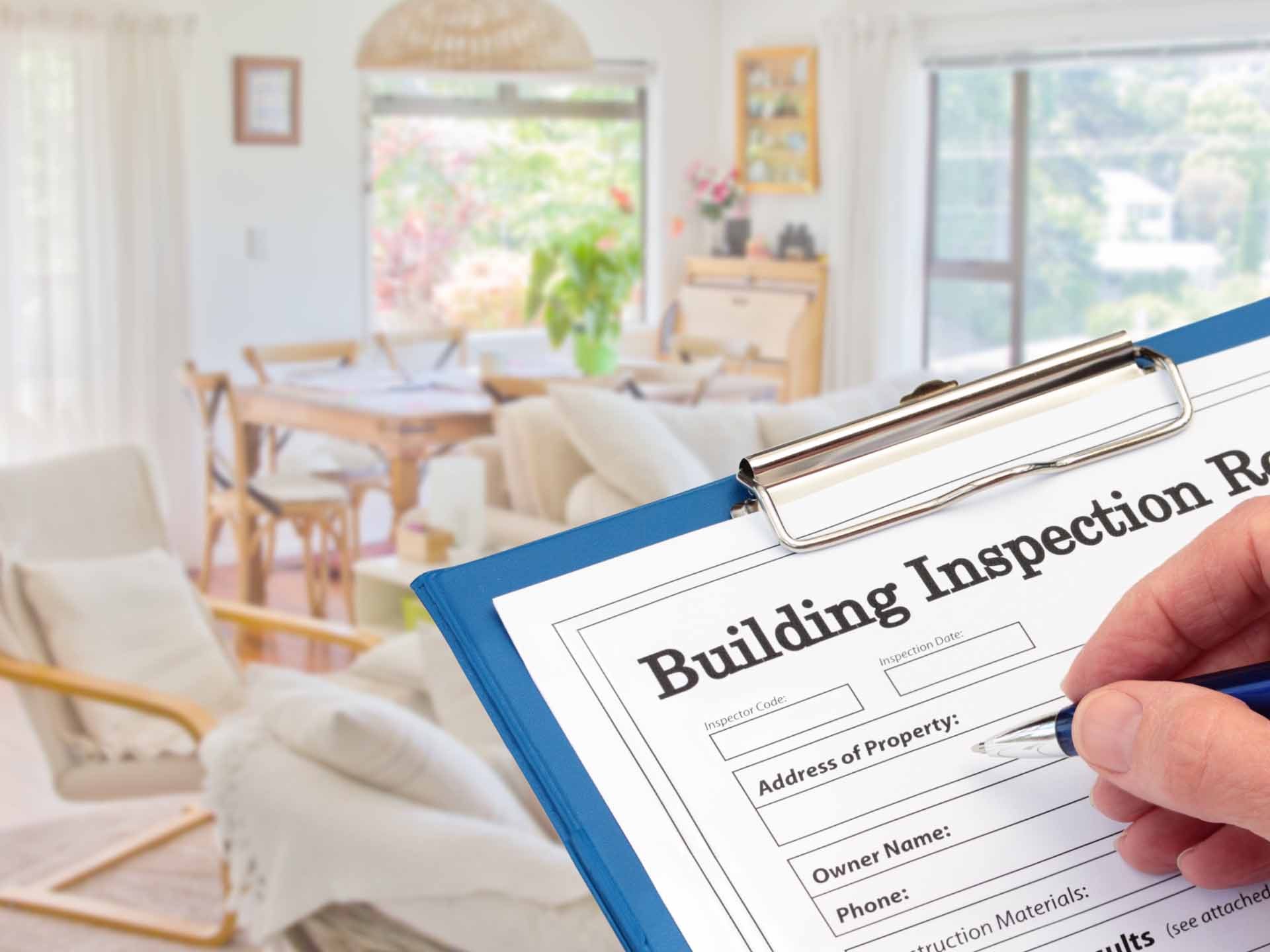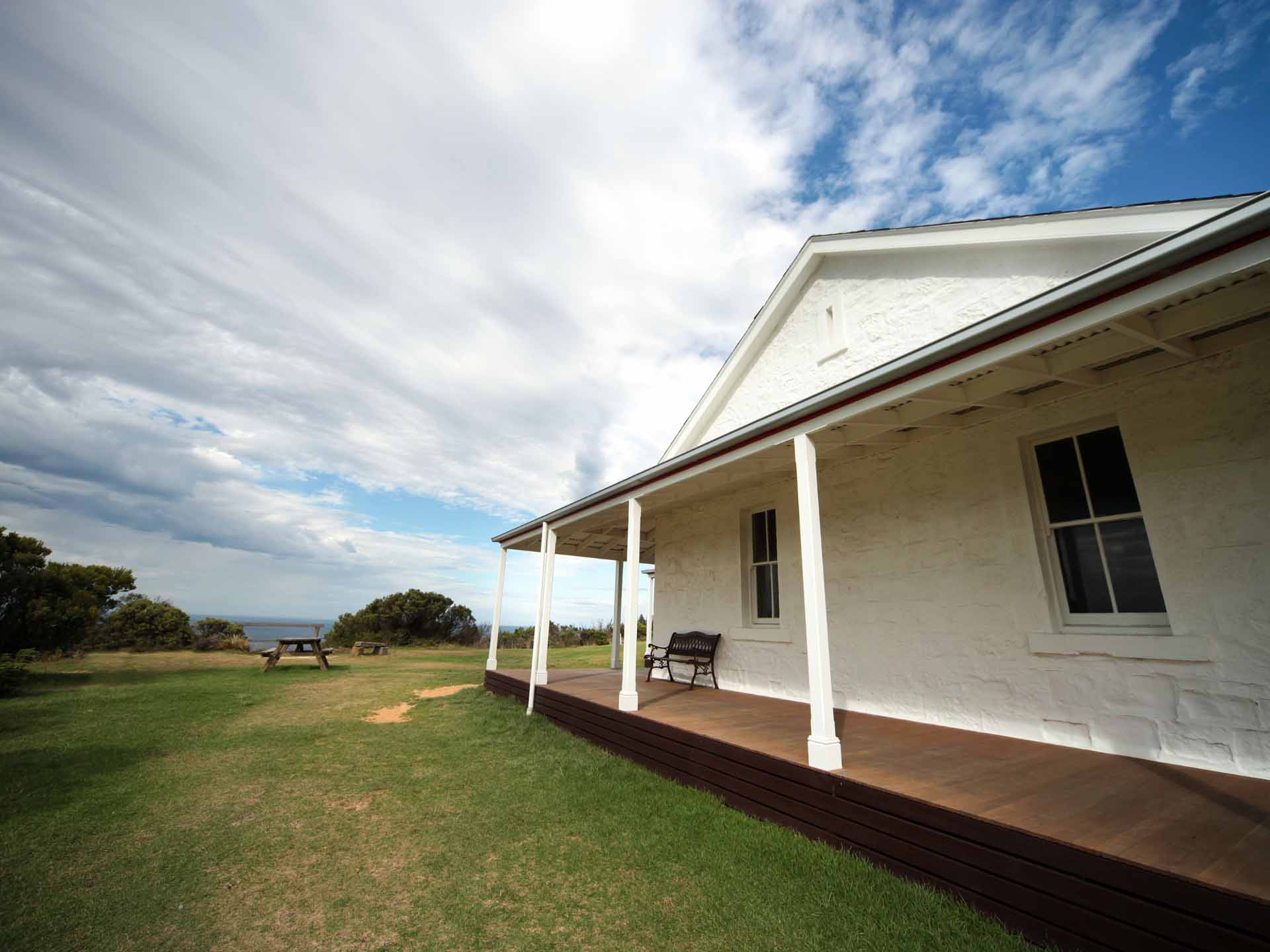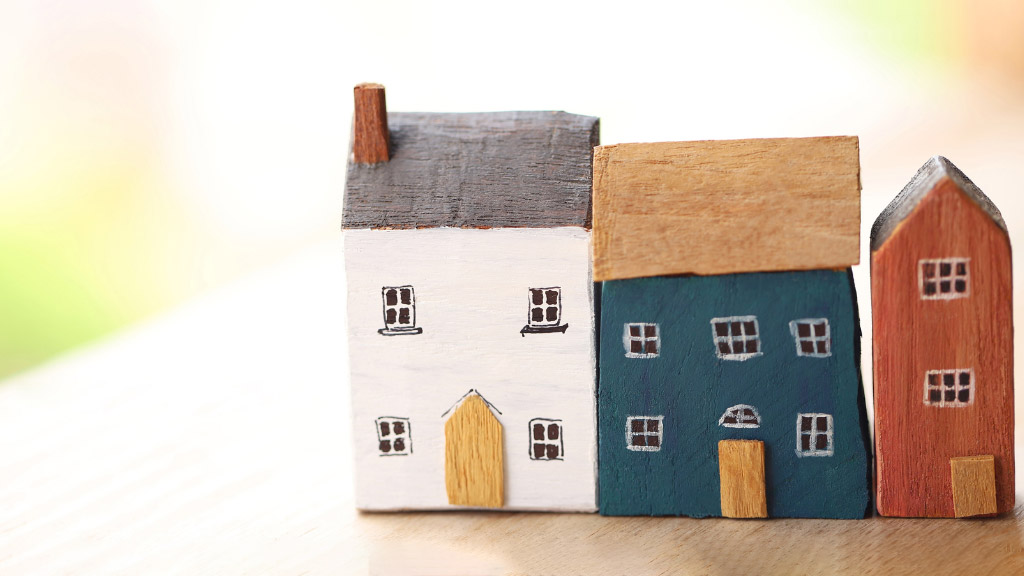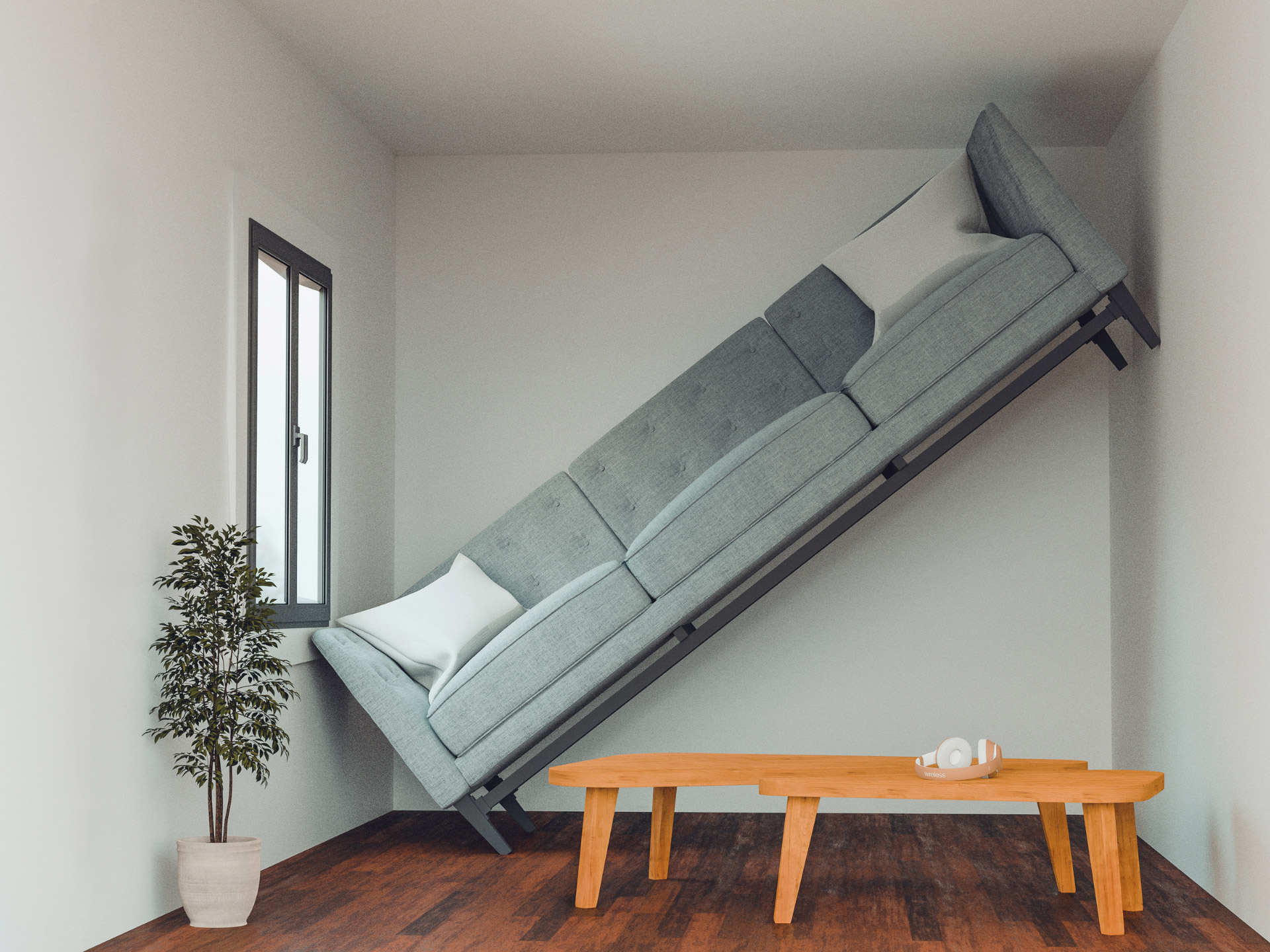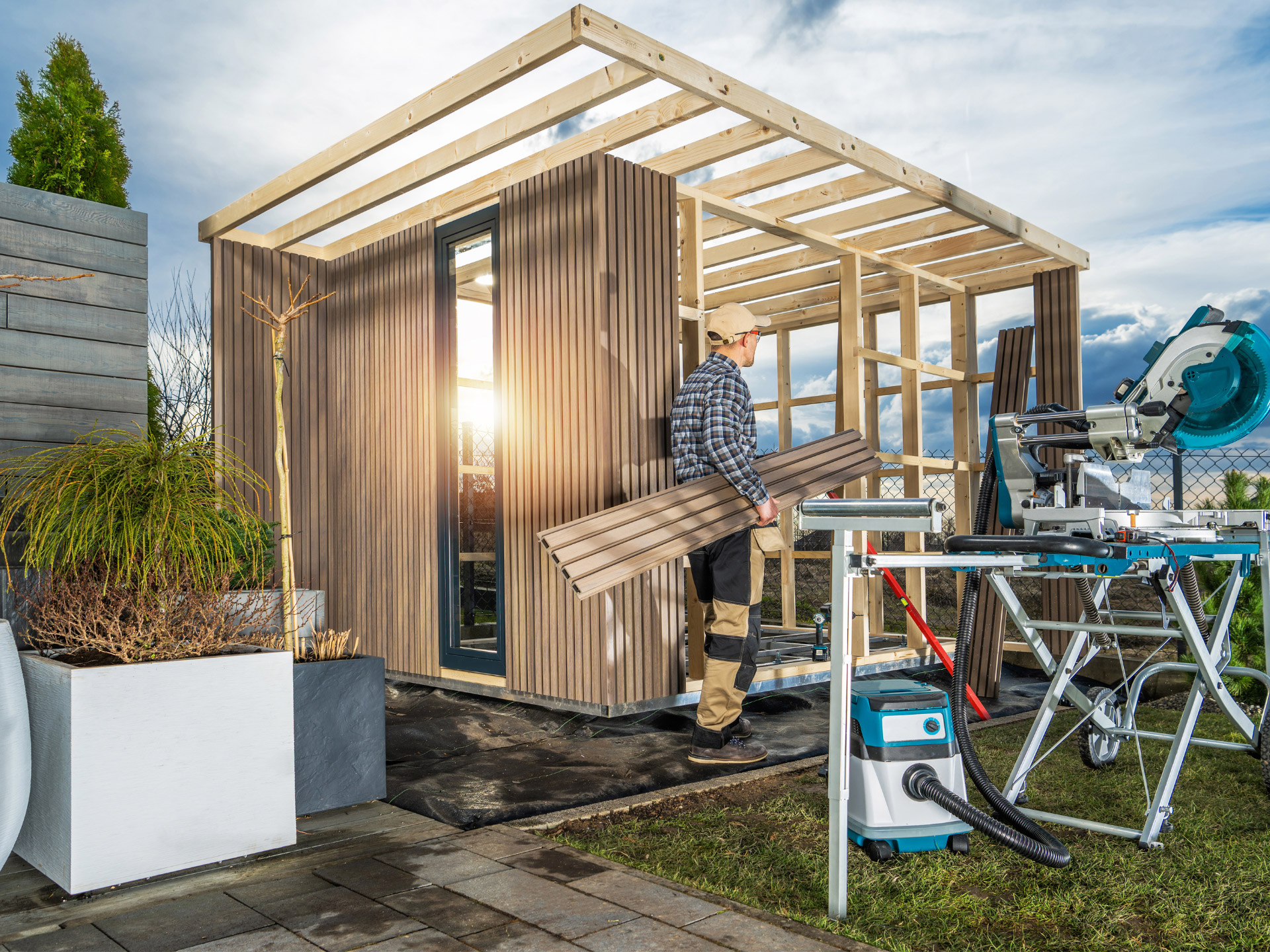Coastal living tips
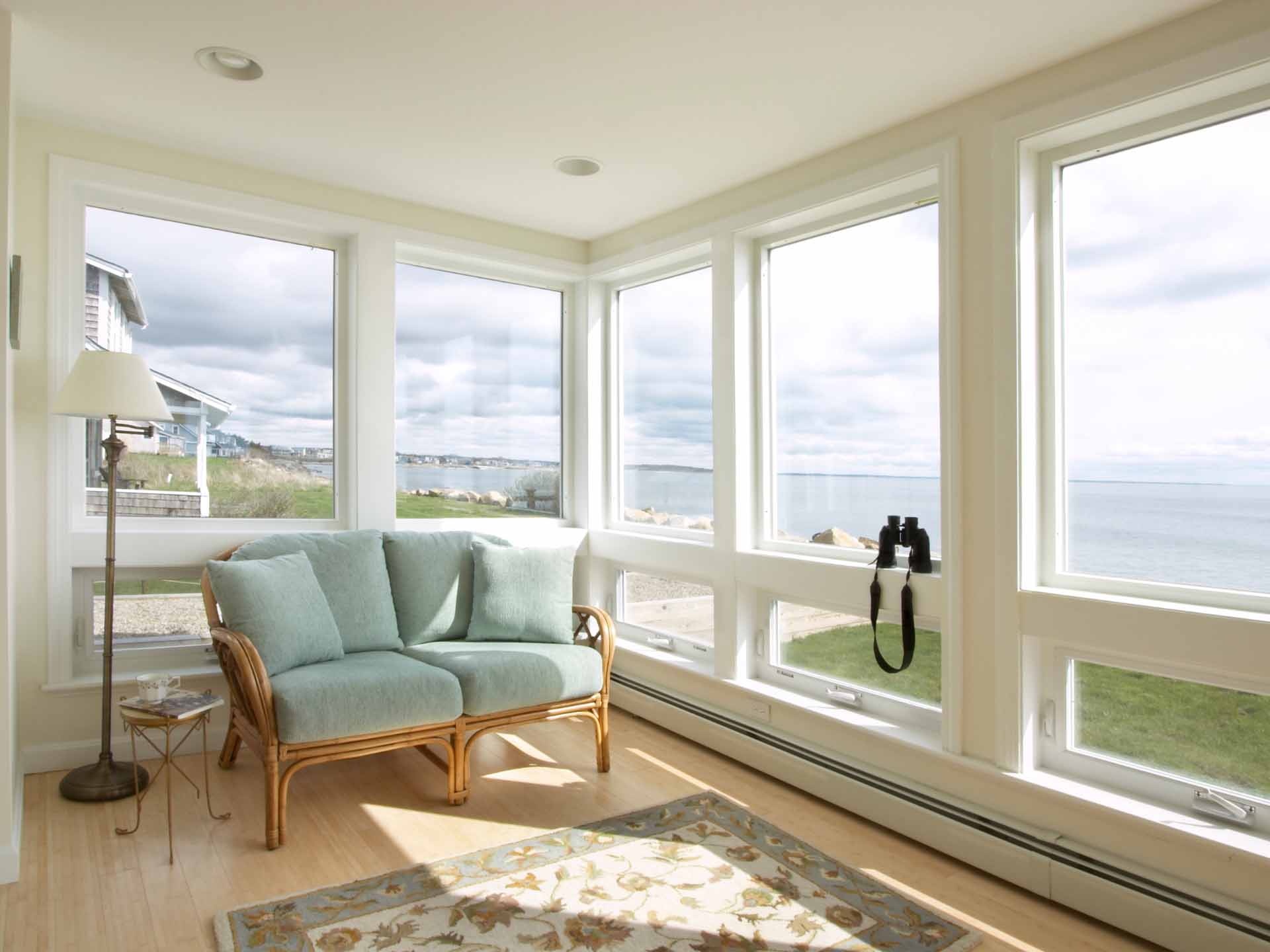
With South Australia offering some of the nation’s best sections of coastline, a growing number of people are swapping busy city living for a more laid-back coastal lifestyle. But what should be considered before choosing a beachside home?
Huff and puff - If building close to the beachfront, chances are you will need to use products designed to deal with strong winds and resistance to corrosion. Check with the local council about specific planning requirements, particularly when it comes to wind loadings, because it may influence window sizes and the roof structure, as well as the need for galvanized structural steel and stainless steel brick ties.
Location, location – one of the balancing acts of coastal living is keeping out the harsh elements while maximising solar orientation and the view. A common mistake is installing large windows only to find that the home becomes very hot in summer, so use the design stage to ensure appropriate shading and window sizing.
Budget battle – materials needed for a coastal always add additional costs, so work with a builder to identify budget impacts. On the plus side, coastal homes with views tend to have a higher resale value so an elevated lot which offers ocean views or is walking distance from the beach can be a worthwhile investment.
Easy Breezy – When the weather heats up, shade becomes necessary to help keep your house cool, so think about incorporating deep, wide eaves into the design of a home. Coastal living should be about the views, breezes, filtered light and that indoor-outdoor feel, and the right windows can be an energy-efficient way to capture cross-breezes for natural cooling.
Curtail corrosion – give some thought when choosing kitchen and bathroom fixtures and fittings because salt in the sea air is corrosive, and it is important to take this into account. Stainless steel is one of the best materials for indoor and outdoor fixtures and appliances, but still needs regular maintenance. Remember that any external surface which is not naturally washed by rain (such as eaves and similar) will need regular hosing off to get rid of salt deposits.
Bugs away – Flyscreens can collect salt and sand particles, so make sure to regularly give them a spray with the hose and a scrub with a soft-bristled brush before letting them dry in the sun.
Deck the halls – While a timber deck can extend a living area, factor in moisture impacts on natural materials, and consider using a composite product made from recycled materials, which also look great but are low maintenance.
Get approval – Coastal building presents unique challenges, especially if it happens to be off the beaten track. Check with the local council or Country Fire Service about specific building and land-clearing requirements. You don’t want to have cleared an ocean view, only to find out you are facing a fine for unauthorised removal of trees or scrub.


.png)


